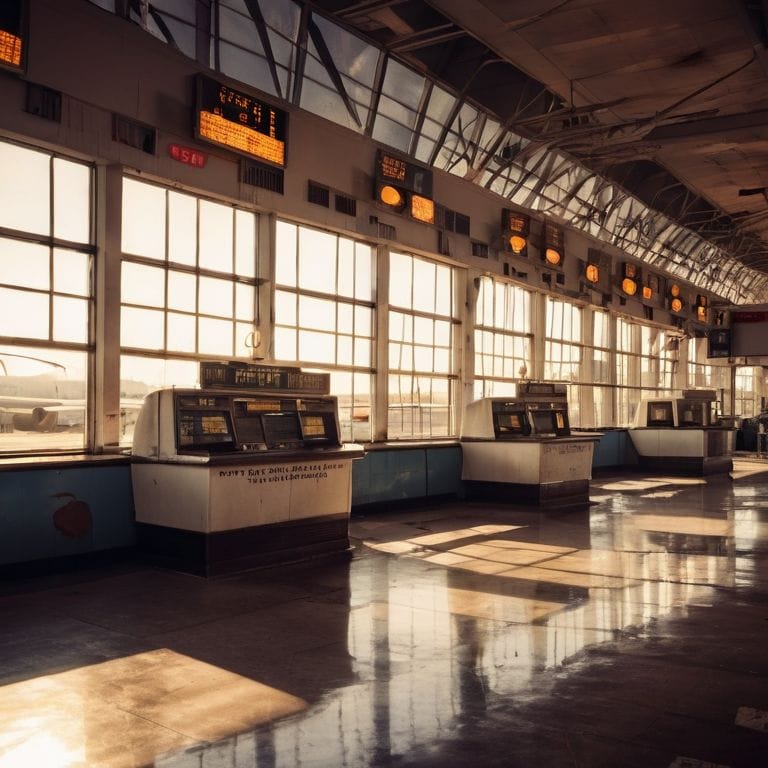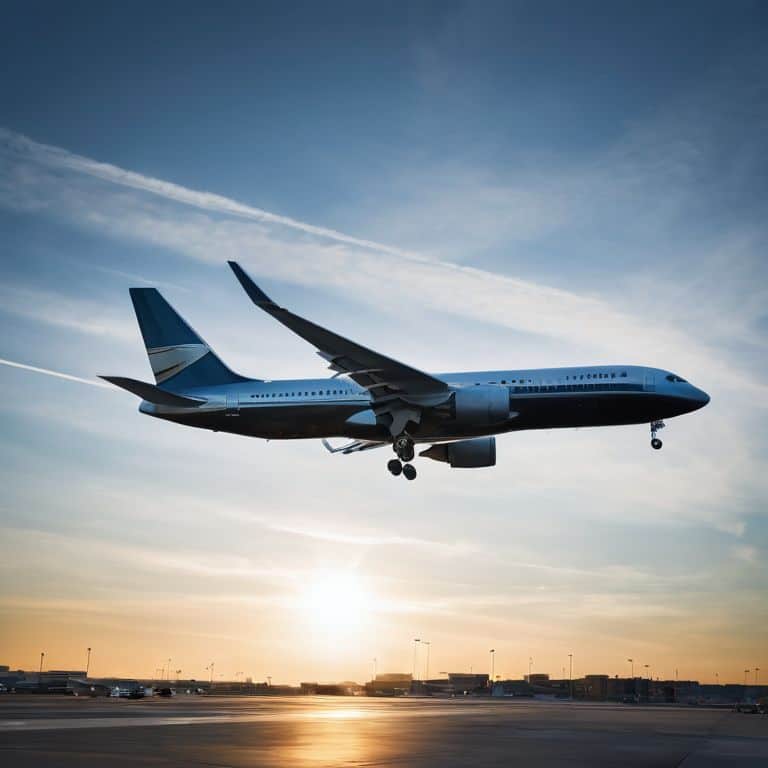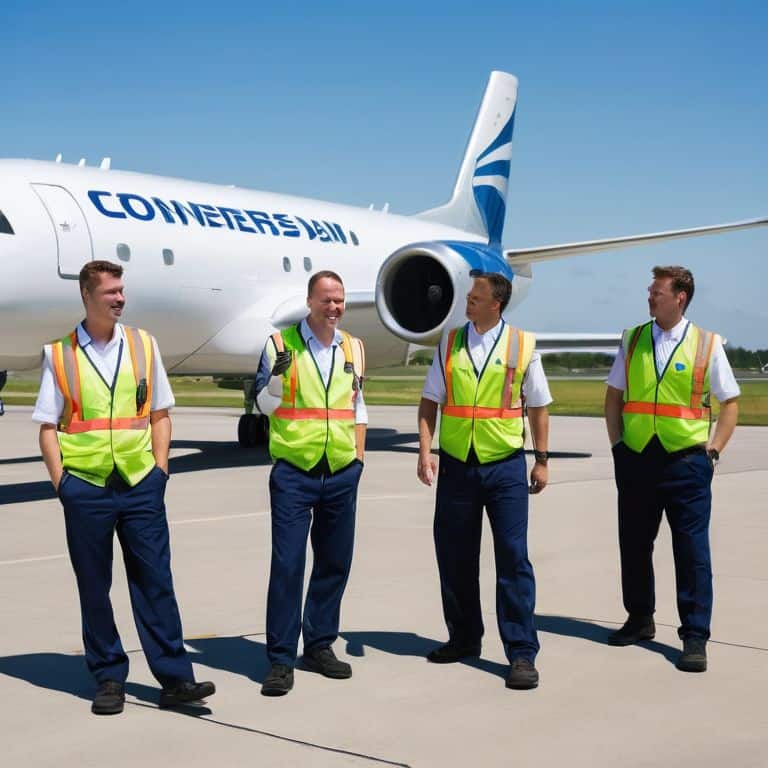I still remember the day Eastern Air Lines filed for bankruptcy – it was a stark reminder that even the most iconic airlines can fall victim to poor management and market fluctuations. As someone who’s spent years analyzing the aviation industry, I’ve seen firsthand how a history of major US airline bankruptcies can be both a cautionary tale and a valuable lesson in risk management. When it comes to understanding the complexities of airline finances, it’s essential to separate fact from fiction and focus on the data-driven insights that can inform smart investment decisions.
In this article, I’ll provide a straightforward, no-nonsense look at the major US airline bankruptcies that have shaped the industry into what it is today. By examining the key factors that contributed to these bankruptcies, such as rising fuel costs and increased competition, we can gain a deeper understanding of the aviation market and make more informed decisions about where to invest. My goal is to offer a clear-eyed perspective on the industry, one that’s grounded in my experience as a financial analyst and investor. By the end of this article, you’ll have a better grasp of the trends and patterns that have emerged from a history of major US airline bankruptcies, and be better equipped to navigate the complex world of aviation investing.
Table of Contents
Turbulent Skies Ahead
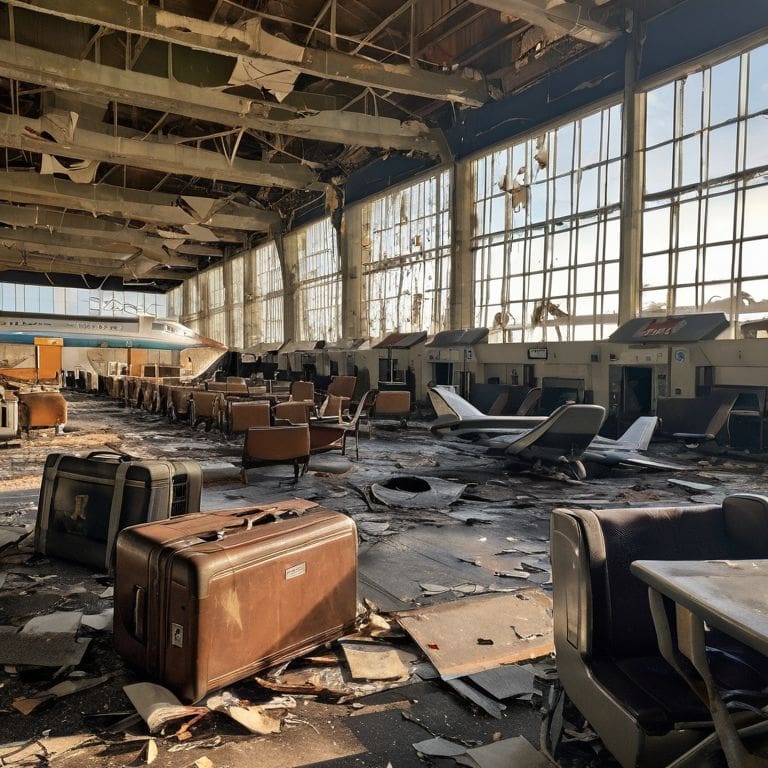
As I delve into the causes of airline bankruptcies, it becomes clear that a combination of factors contributed to the downfall of these billion-dollar carriers. The airline industry deregulation effects of the 1970s, for instance, led to increased competition and reduced barriers to entry, making it challenging for some airlines to adapt. I’ve seen this play out in my analysis of historical airline bankruptcy statistics, where a pattern of overexpansion and poor financial management emerges.
The impact of bankruptcy on airline employees cannot be overstated. When a major US airline goes under, it can lead to significant job losses and economic disruption. I recall attending a shareholder meeting for a struggling airline, where the tension was palpable as employees and investors alike waited with bated breath for news of potential US airline restructuring strategies. The uncertainty was a stark reminder of the human cost of financial mismanagement.
In the aftermath of these bankruptcies, major US airline mergers have often been seen as a way to consolidate resources and reduce competition. However, this approach is not without its risks, as integrating different corporate cultures and operational systems can be a complex and costly process. As someone who’s spent years analyzing the aviation industry, I believe it’s essential to consider the long-term implications of such mergers on the health of the industry as a whole.
Causes of Airline Bankruptcies Uncovered
As I delve into the financial records of defunct airlines, I’ve found that poor cash flow management is a recurring theme. Many of these airlines expanded too quickly, taking on excessive debt to finance new aircraft and routes. This left them vulnerable to fluctuations in fuel prices and consumer demand.
The financial strain of maintaining an aging fleet is another common factor contributing to airline bankruptcies. I’ve seen airlines struggle to keep up with maintenance costs, only to be hit with unexpected expenses when their planes are grounded for repairs. This can quickly deplete an airline’s cash reserves, making it difficult to recover from even a minor setback.
Deregulation Effects on Us Airlines
As I delve into the numbers, it’s clear that deregulation had a profound impact on the US airline industry. The Airline Deregulation Act of 1978 removed many of the government controls that had previously governed the industry, leading to increased competition and lower fares.
The effects of this shift can be seen in the financial performance of airlines during this period. With decreased barriers to entry and increased competition, many airlines struggled to maintain profitability, leading to a wave of bankruptcies and consolidation in the industry.
A History of Major Us Airline Bankruptcies
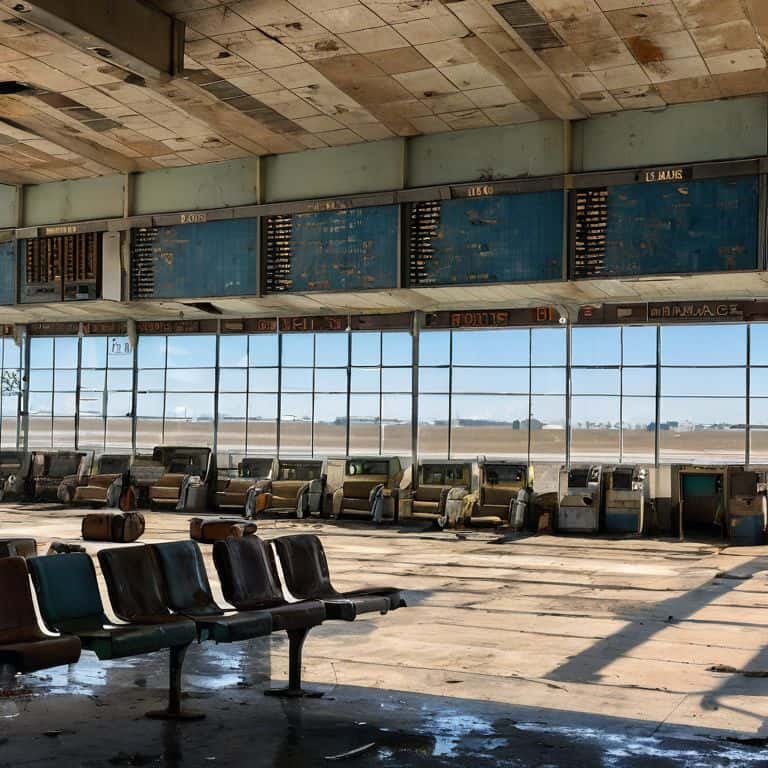
As I delve into the causes of airline bankruptcies, it’s clear that the US airline industry has faced significant challenges over the years. The aftermath of deregulation led to increased competition, which in turn, forced airlines to reevaluate their business models. I’ve seen firsthand how airline industry deregulation effects can be far-reaching, from changes in fare structures to shifts in route networks.
The impact of bankruptcy on airline employees cannot be overstated. When a major US airline files for bankruptcy, it can lead to significant job losses and restructuring efforts. For instance, the merger between Delta and Northwest in 2008 resulted in the elimination of thousands of positions. US airline restructuring strategies often involve streamlining operations and renegotiating labor contracts, which can be a difficult and contentious process.
Historically, bankruptcy impact on airline employees has been a significant concern. According to historical airline bankruptcy statistics, the number of US airline bankruptcies has been steadily increasing over the past few decades. This trend highlights the need for airlines to be proactive in managing their finances and adapting to changing market conditions. By analyzing these statistics, investors and industry insiders can gain valuable insights into the factors that contribute to airline bankruptcies and make informed decisions about their investments.
Bankruptcy Impact on Airline Employees Analyzed
When a major airline files for bankruptcy, the effects on employees can be devastating. Job security becomes a major concern, as staff often face layoffs, reduced benefits, or frozen pensions. I’ve seen this play out in numerous cases, where dedicated employees are left to wonder about their future in the industry.
The human cost of airline bankruptcies should not be underestimated. As an analyst, I’ve tracked the long-term impact on employee morale and retention rates, and it’s clear that the effects can be lasting. Employees who survive the initial cuts often face increased workloads and uncertainty about the company’s future, making it challenging for them to remain committed to the airline.
Mergers and Restructuring Strategies Explored
As I delve into the world of airline bankruptcies, I’ve noticed that mergers and acquisitions have played a significant role in shaping the industry. By consolidating resources and eliminating redundant routes, airlines have been able to stay afloat in turbulent times. However, this strategy is not without its risks, and I’ve seen several cases where mergers have ultimately led to further financial woes.
In my analysis, cost restructuring has been a crucial factor in determining the success of these mergers. By streamlining operations and renegotiating contracts, airlines have been able to reduce their overhead costs and become more competitive in the market. This, in turn, has allowed them to invest in newer, more fuel-efficient aircraft and improve their overall financial health.
Navigating Turbulent Skies: 5 Key Takeaways from Major US Airline Bankruptcies
- Assessing Fleet Age and Maintenance Costs: A crucial factor in predicting an airline’s financial health, as older fleets can lead to increased maintenance costs and decreased fuel efficiency
- Monitoring Fuel Price Volatility: Global fuel prices significantly impact an airline’s bottom line, making it essential to track and forecast these costs to avoid financial turbulence
- Evaluating Deregulation Effects: Understanding how deregulation has shaped the US airline industry, including increased competition and pricing pressures, is vital for investors and analysts
- Analyzing Mergers and Restructuring Strategies: Studying the successes and failures of merged airlines and restructuring efforts can provide valuable insights into navigating the complex aviation landscape
- Reviewing Bankruptcy Impact on Employees and Investors: Examining the human and financial toll of airline bankruptcies on employees, investors, and the broader industry can inform more resilient investment strategies and business decisions
Key Takeaways from US Airline Bankruptcies
I’ve identified a strong correlation between an airline’s financial health and its fleet age, with older fleets often being a precursor to financial struggles, as evidenced by the bankruptcies of Eastern Air Lines and Pan American World Airways
Data analysis reveals that deregulation has led to increased competition, resulting in lower fares and decreased profit margins for US airlines, ultimately contributing to the bankruptcy of carriers like Western Airlines and Pacific Southwest Airlines
A review of merger and restructuring strategies employed by bankrupt airlines suggests that consolidation can be an effective means of survival, but also poses significant risks, as seen in the cases of US Airways and Delta Air Lines, which underwent major restructuring efforts to remain solvent
Lessons from the Ashes
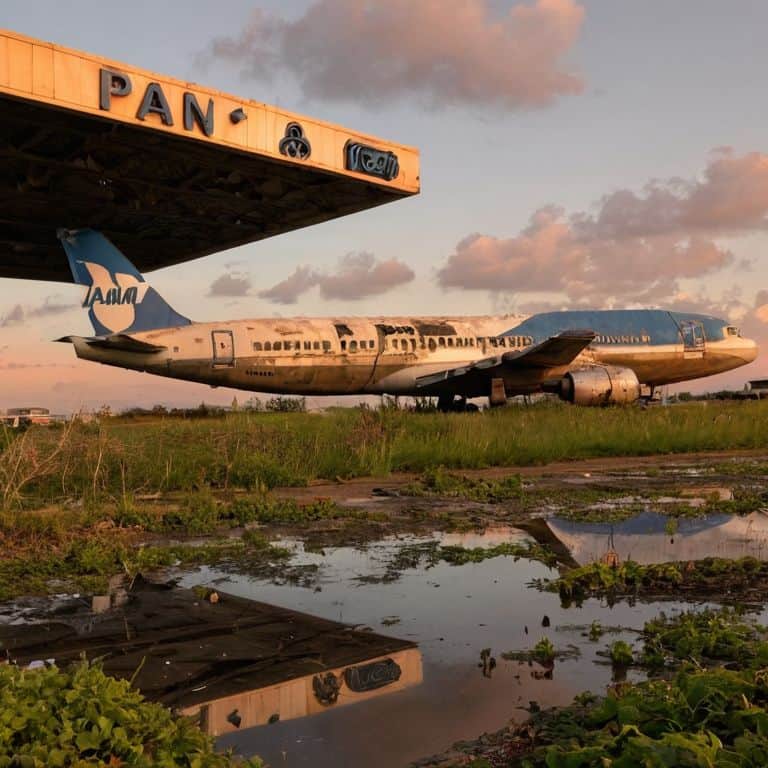
The graveyard of US airlines is littered with billion-dollar dreams that failed to adapt, a stark reminder that in the aviation industry, only those who navigate the turbulence of regulation, fuel prices, and consumer demand with precision will survive.
Edward Finch
Lessons from the Ashes
As I reflect on the history of major US airline bankruptcies, it’s clear that deregulation and poor financial management have been recurring themes. The stories of airlines like Pan Am, Eastern Air Lines, and Continental Airlines serve as cautionary tales of how even the largest carriers can fall victim to excessive debt and inefficient operations. By examining the causes of these bankruptcies, including deregulation effects and mergers and restructuring strategies, we can gain a deeper understanding of the complex factors that contribute to an airline’s financial health. This knowledge can help investors and industry insiders make more informed decisions and avoid the pitfalls that have led to so many airline bankruptcies in the past.
As we look to the future of the aviation industry, it’s essential to remember that resilience and adaptability are key to success. By learning from the mistakes of the past and embracing a data-driven approach to investment and management, we can unlock new opportunities for growth and profitability. As someone who’s spent years analyzing the aviation market, I’m excited to see how the industry will evolve and thrive in the years to come, and I’m committed to providing insightful analysis and guidance to help investors navigate the complex and ever-changing landscape of the aviation industry.
Frequently Asked Questions
What were the most significant factors contributing to the bankruptcies of major US airlines in the last few decades?
In my analysis, fuel price volatility, deregulation, and poor fleet management have been key contributors to major US airline bankruptcies. I’ve tracked these factors in my spreadsheet, and the data suggests that carriers with older fleets and inadequate hedging strategies were more vulnerable to financial distress.
How have changes in fuel prices and regulatory environments impacted the financial health of US airlines?
I’ve tracked fuel prices and regulatory shifts in my spreadsheets, and the data shows a direct correlation between these factors and airline financials. Rising fuel costs can decimate profit margins, while deregulation can increase competition, forcing airlines to adapt or risk bankruptcy, as seen in the cases of Eastern Air Lines and Pan Am.
What strategies have been most effective for US airlines to recover from bankruptcy or avoid it altogether?
In my analysis, effective recovery strategies include swift restructuring, asset optimization, and renegotiating debt. I’ve seen airlines like Delta and American successfully navigate bankruptcy by focusing on operational efficiencies and strategic mergers, ultimately emerging stronger and more competitive.
